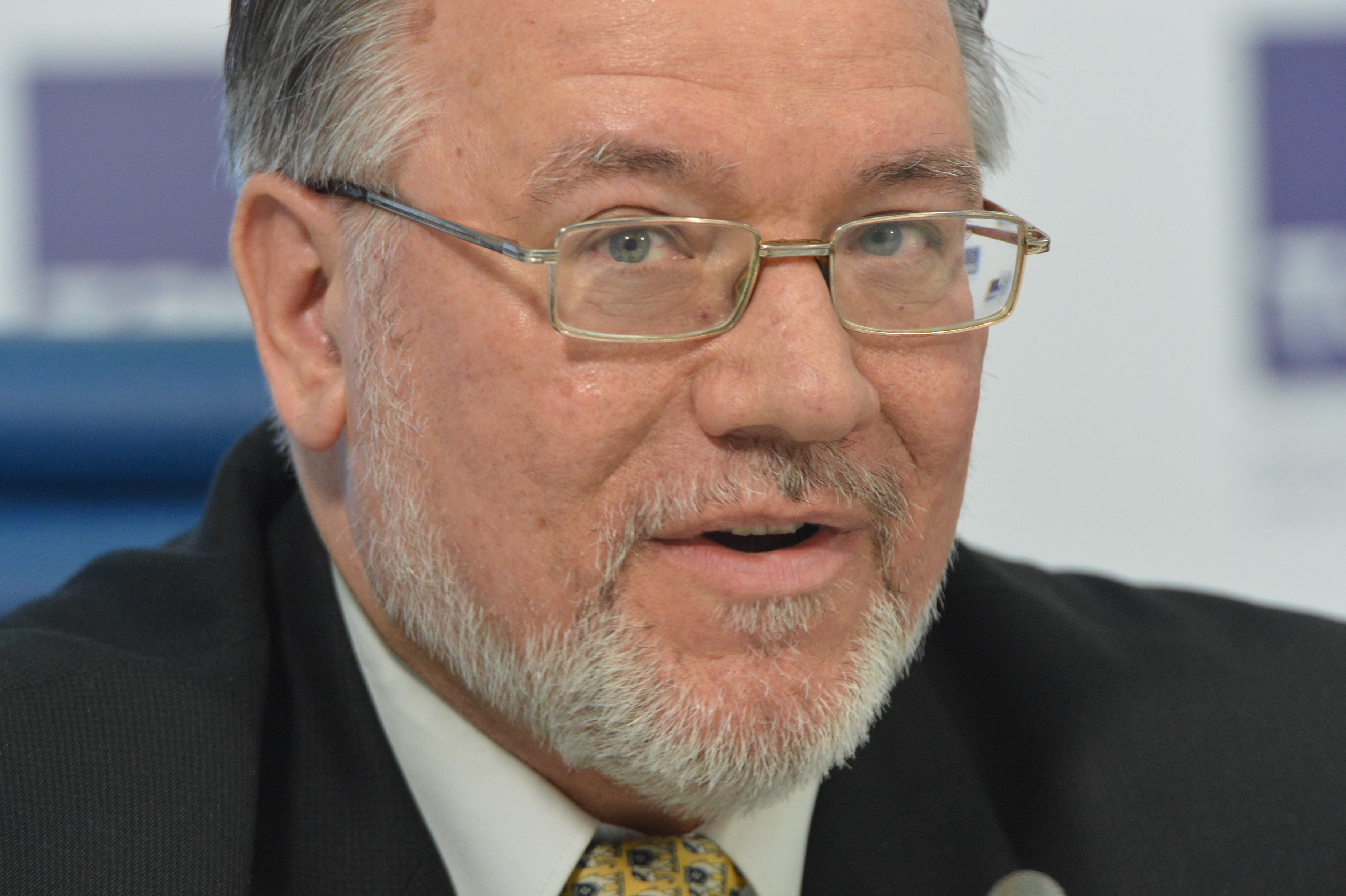ID :
369298
Fri, 05/29/2015 - 15:44
Auther :
Shortlink :
https://oananews.org//node/369298
The shortlink copeid
Post-Soviet trade bloc, Silk Road link to cause radical changes in region - expert

MOSCOW, May 29. /TASS/. The proposal by Russia and China to link the post-Soviet trade bloc and the Silk Road economic corridor may bring about radical changes in the Eurasian economic space, contributing to peace and prosperity, a Russian expert said on Friday.
The project to link the Eurasian Economic Union (EEU) and China’s Silk Road initiative may radically restructure "the Eurasian Russian-Chinese heartland," acting Director of the Far East Institute at Russia’s Academy of Sciences Sergei Luzyanin said.
The expert spoke at an international conference entitled: "Russia and China: New Partnership in a Changing World."
The process of linking both projects is at its initial stage and therefore the scientific community should pay attention to the potential ways of its development, the expert said.
"Disputes are under way about how to link the projects, including the transport routes and infrastructure. Options are different," he said.
An important role in linking the projects could be played by the Shanghai Cooperation Organization (SCO), which "will acquire a new qualitative content thanks to this," the expert said.
The expert also said it was necessary to build a new EEU-Silk Road geo-economic structure "as part of global economic structures."
"This is not an alternative to the Trans-Pacific partnership. This is an element, which fits into the general context of the global and regional trade and economic development," the expert said.
"In the current uneasy conditions for Russia, this initiative is the commencement of a new Eurasian policy aimed not against any third countries but at strengthening peace and development," the expert said.
The Treaty on establishing the Eurasian Economic Union was signed by the presidents of Russia, Belarus and Kazakhstan on May 29, 2014 in Astana. The EEU, which came into effect on January 1, 2015, is designed to ensure the free movement of goods, services, capital and workforce on its territory. The EEU currently comprises Russia, Belarus, Kazakhstan, Armenia and Kyrgyzstan.
China’s integration project aims to revive the ancient Silk Road and build a transport, energy and trade corridor between Europe and Asia.
Read more





